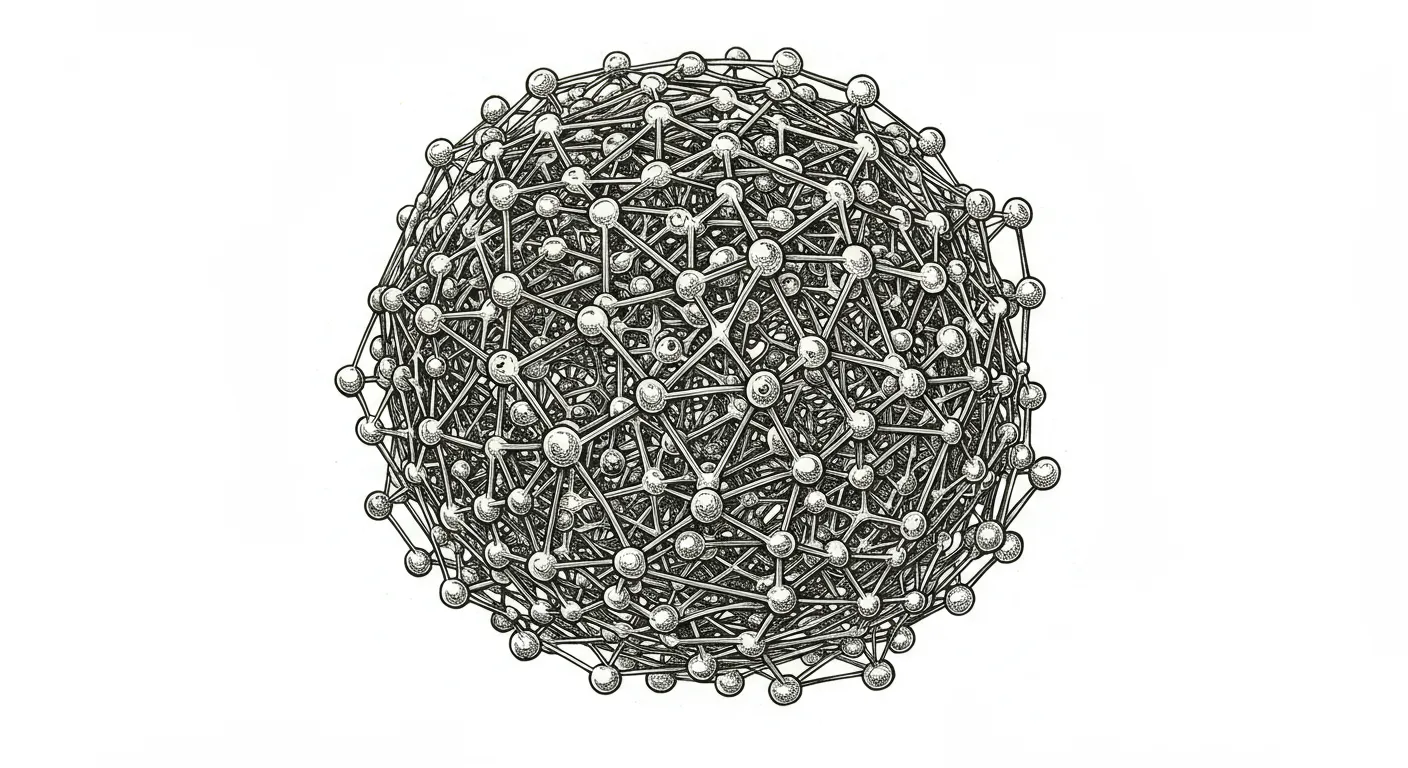In the world of web graphics, React Three Fiber promises a sleek, declarative approach to 3D rendering that's turning heads—and raising eyebrows. Online commentators are revealing a nuanced landscape where the framework's elegant syntax meets real-world performance challenges.
The core appeal is clear: developers can transform complex imperative Three.js code into clean, React-style component structures. Instead of manually managing scene objects and updates, you can now write something like <Player x={x} /> and let the framework handle the heavy lifting.
However, the honeymoon phase quickly fades when performance enters the conversation. Several developers point out that frequent state updates can create significant rendering overhead. What looks like a productivity win in hello-world examples can become a performance bottleneck in complex applications, especially in graphics-intensive scenarios like game development.
The deeper conversation revolves around the eternal programming debate: declarative versus imperative approaches. While React Three Fiber offers a more approachable way to create 3D experiences, some argue that you'll eventually need to "eject" from its rendering pipeline to achieve true performance optimization.
Ultimately, the framework represents both a promising abstraction and a potential performance trade-off. It's not a silver bullet, but for many developers, it offers an intriguing way to simplify 3D web graphics development.


